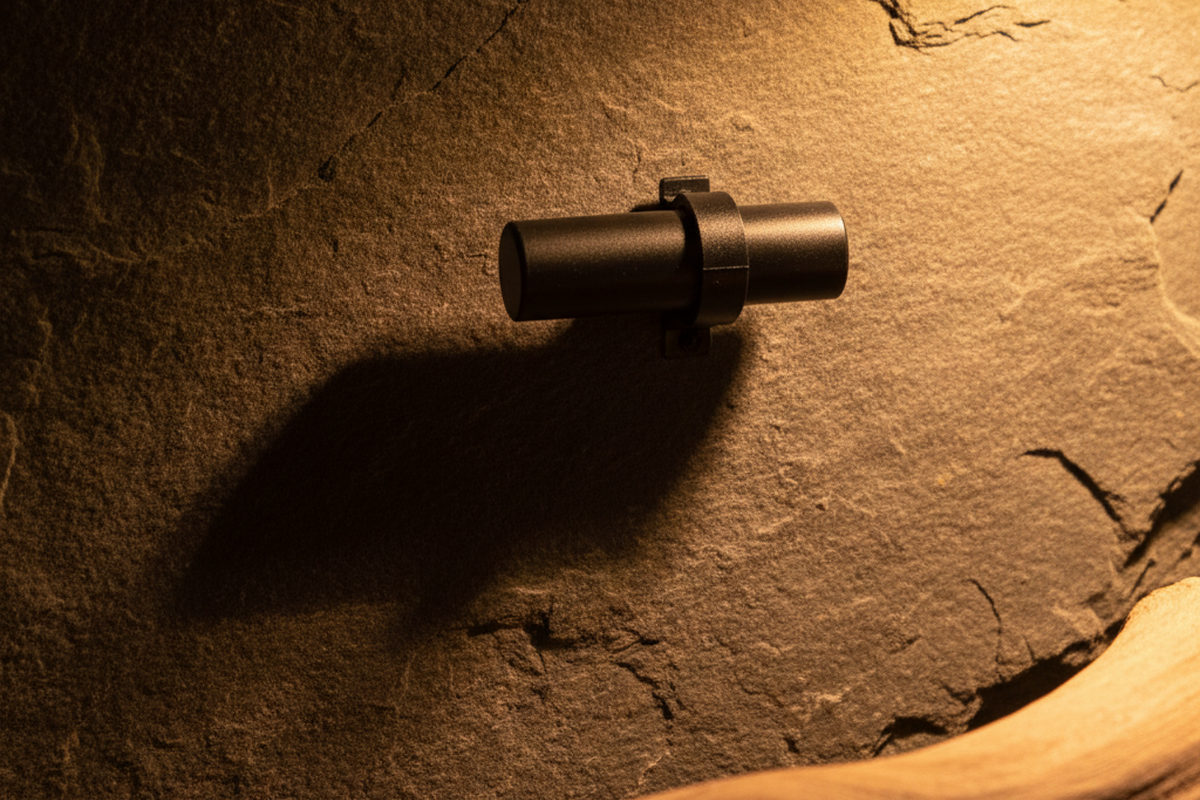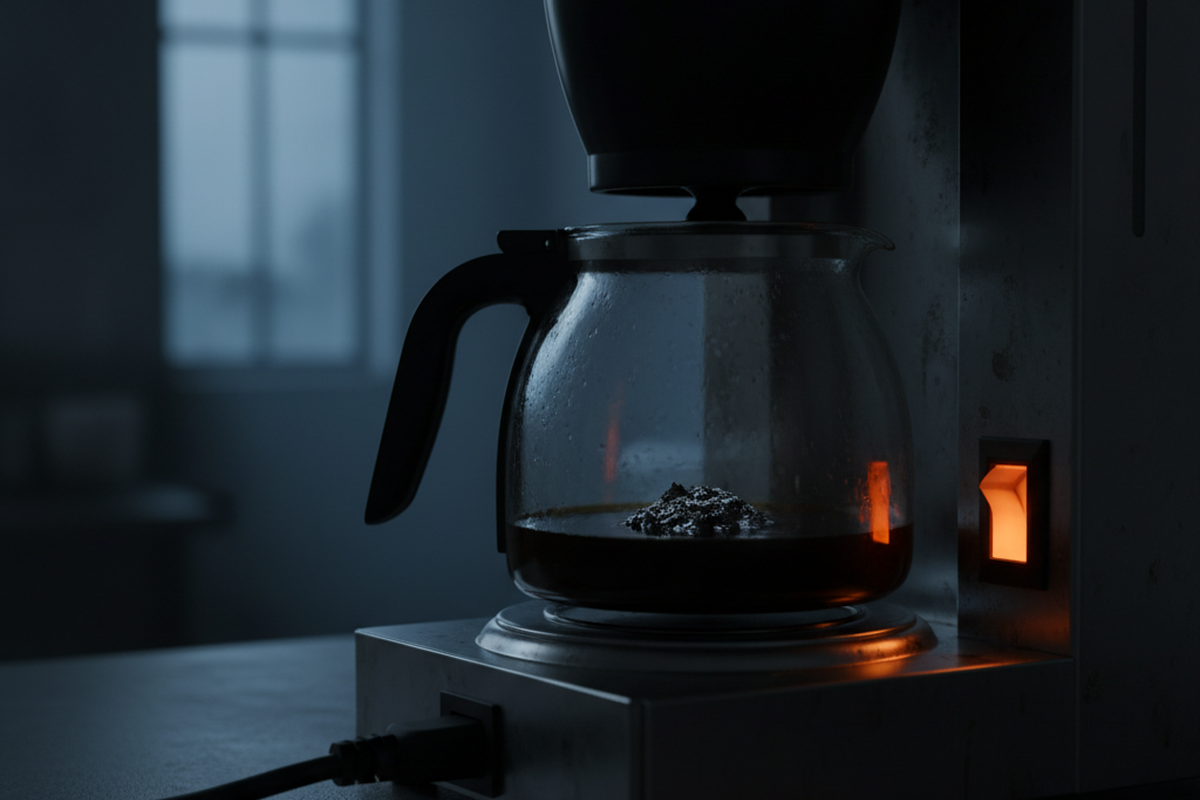What is Candle
In the lighting industry, a candle refers to a light source primarily used for decorative and ceremonial purposes. It is typically made of materials such as wax or tallow, which have slow-burning properties. Candles are commonly found in cylindrical shapes, although they can also be crafted in various intricate designs. The core of a candle is a fibrous wick that is enclosed and saturated by the wax or other materials.
Candles have a long history, dating back to ancient civilizations. Archaeological evidence, such as candlesticks from Egypt and Crete dating back to 3000 BC, showcases their early use. During the European Middle Ages, tallow candles made from animal fat gained popularity. The significance of candles during this period is evident from a tax list in Paris in 1292, which mentions 71 chandlers, or candlemakers.
Advancements in candle production occurred in the 19th century. A French chemist named Michel-Eugène Chevreul discovered stearic acid by separating the fatty acid from the glycerin of fat. This breakthrough led to the creation of superior candles. Other sources of candle stock, including spermaceti from the head cavity of the sperm whale and paraffin wax from petroleum, were also discovered. A combination of paraffin and stearic acid became the basic candle stock.
The process of using a candle involves the heat from the flame liquefying the wax near the base of the wick. Through capillary action, the liquid wax flows upward and is vaporized by the heat of the flame. The flame itself is the result of the combustion of the wax vapor.
Looking For Motion-Activated Energy-Saving Solutions?
Contact us for complete PIR motion sensors, motion-activated energy-saving products, motion sensor switches, and Occupancy/Vacancy commercial solutions.
In the 19th century, candle-molding machinery was developed, revolutionizing the production process. This machinery consists of rows of molds in a heated and cooled metal tank. After the molds are cooled, the candles are ejected using pistons, with spools of wicking threaded through the pistons to pass through the candle mold. As the cooled candles are ejected, the wicks are cut.
The term “Candle” also refers to the Standard, or International, Candle, which was historically used as a unit of measurement for light source intensity. Originally, it was defined as a one-sixth-pound candle made of sperm wax, burning at a rate of 120 grains per hour. However, this measurement was standardized in 1921 in terms of incandescent lamps, rendering candles obsolete as a reference for light intensity.
In modern times, candles are produced in a wide variety of colors, shapes, and sizes. They can also contain additives such as beeswax or bayberry wax, and may be scented. Candlemaking has become a popular hobby for many individuals, allowing for creative expression and personalization.
Get Inspired by Rayzeek Motion Sensor Portfolios.
Doesn't find what you want? Don't worry. There are always alternate ways to solve your problems. Maybe one of our portfolios can help.









